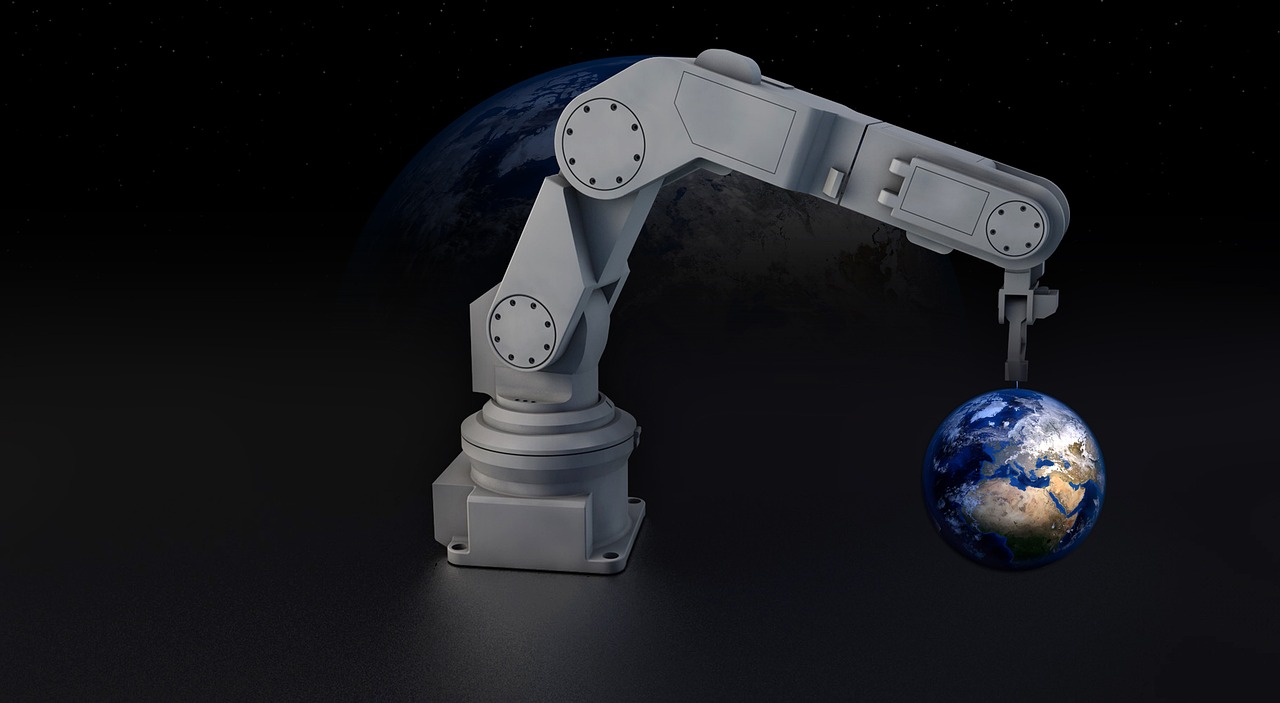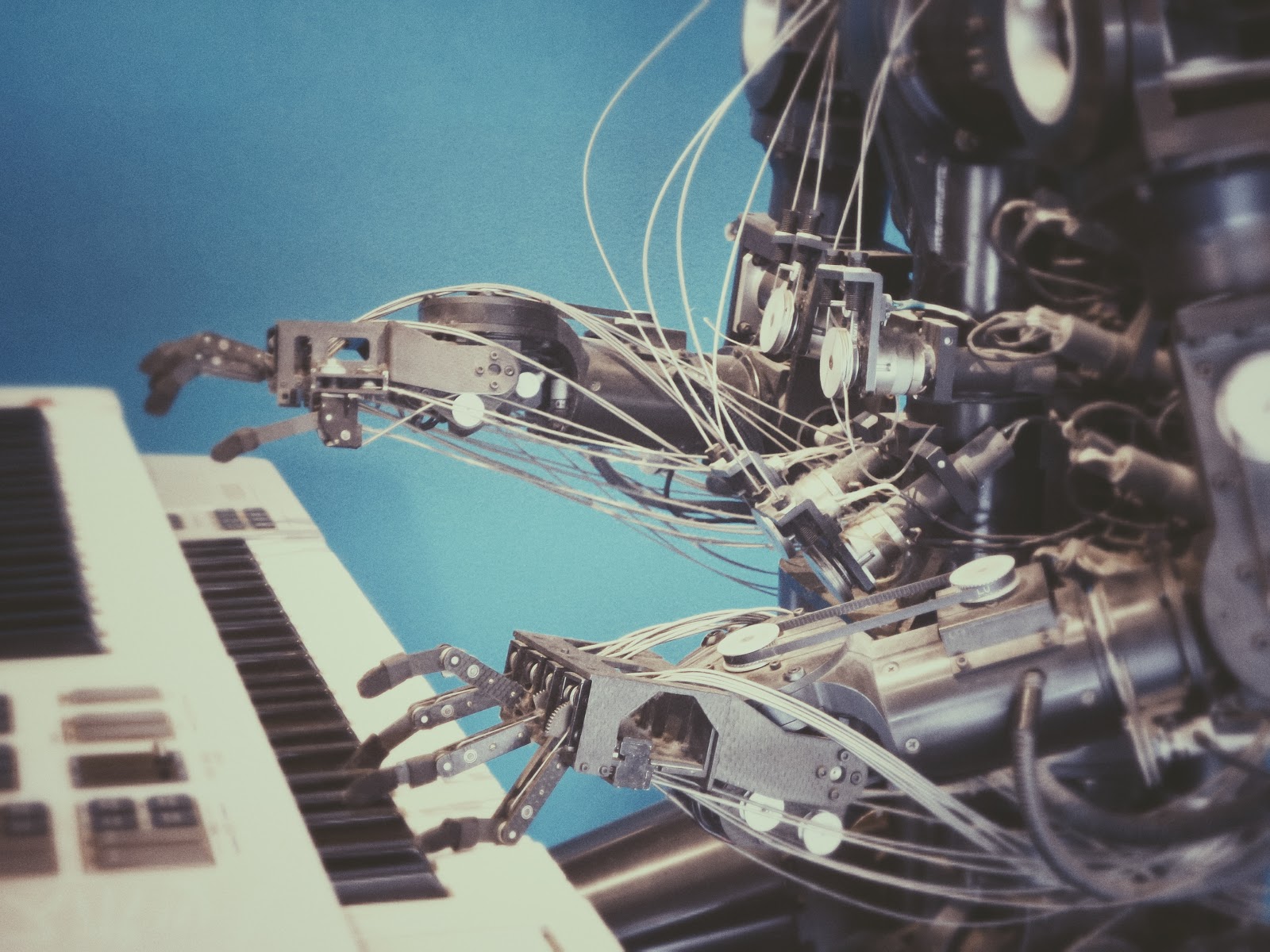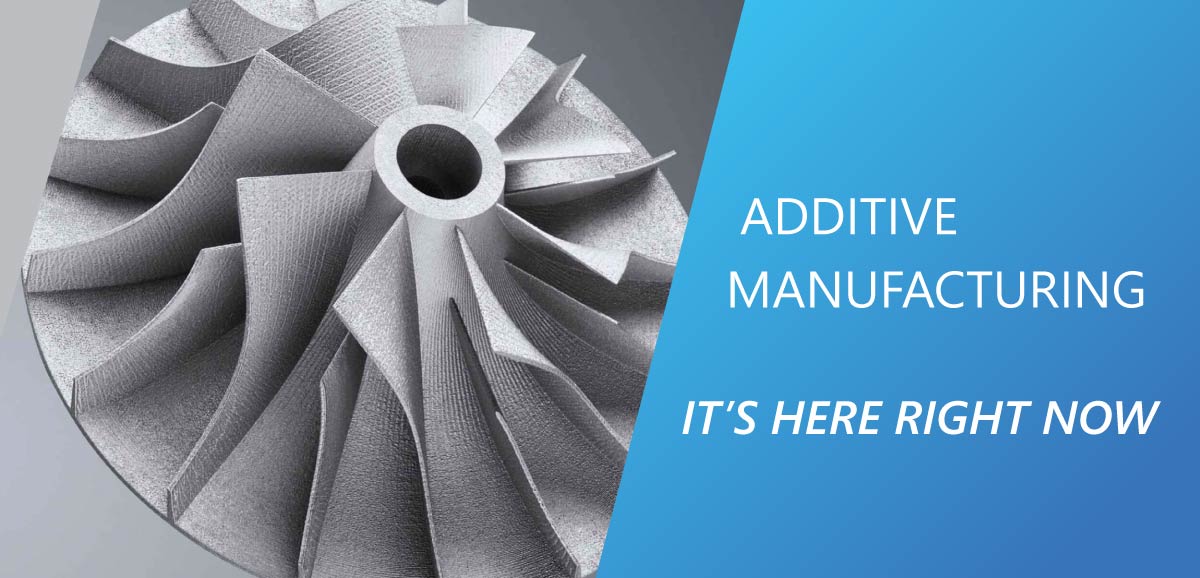Where Does Additive Manufacturing And AI Intertwine?

Additive News • August 25, 2019
Artificial intelligence and additive manufacturing are converging, which creates the opportunity for today’s factories to become increasingly self-aware. They use machine learning to create virtual prototypes, real-life prototypes, and to study and modify those prototypes to create an optimized finished product.
Rapid Design Generation
When AI and 3D printing are combined, more stakeholders can add input to the initial design and early prototypes than ever before. And that doesn’t mean the process gets any slower.
With AI and additive manufacturing, a digital thread runs between the virtual prototype and the physical one. That means with every run, the product you’re creating improves.
Defect Detection
Once the product is in production, AI and machine learning tools will “watch” what it creates, looking for defects and deviations of the original design.
“For the last hundred years, machines have been unaware of what they’re creating and would happily waste millions of dollars producing out-of-spec parts. We’re going to fix that by connecting the machines that make parts, and the ones that inspect them, with a powerful AI,” said Greg Mark, CEO of Markforged in a press release. “Much like the way Tesla is building autopilot for cars, we are building an autopilot for manufacturing.

Real-Time Control
Imagine being able to modify your design, as it’s being created. That’s something that will soon become possible as AI advances.
Using machine learning, the algorithms will watch as the design is created. The system will assess how easily the pending design can be 3D printed, then use mechanisms like parallel sliving algorithms and path planning to make the best, and most usable product possible.
Continuous Improvement of Product Quality
When additive manufacturing and AI combine, it creates a loop of learning. The machine makes suggestions early in the virtual design, takes input from human designers, and then learns from the process of printing an object.
That means every time the programs are used to make something, it learns just a little bit more and makes your offering that much better. Have you seen additive manufacturing and AI in action? Tell us about it in the comments section.

